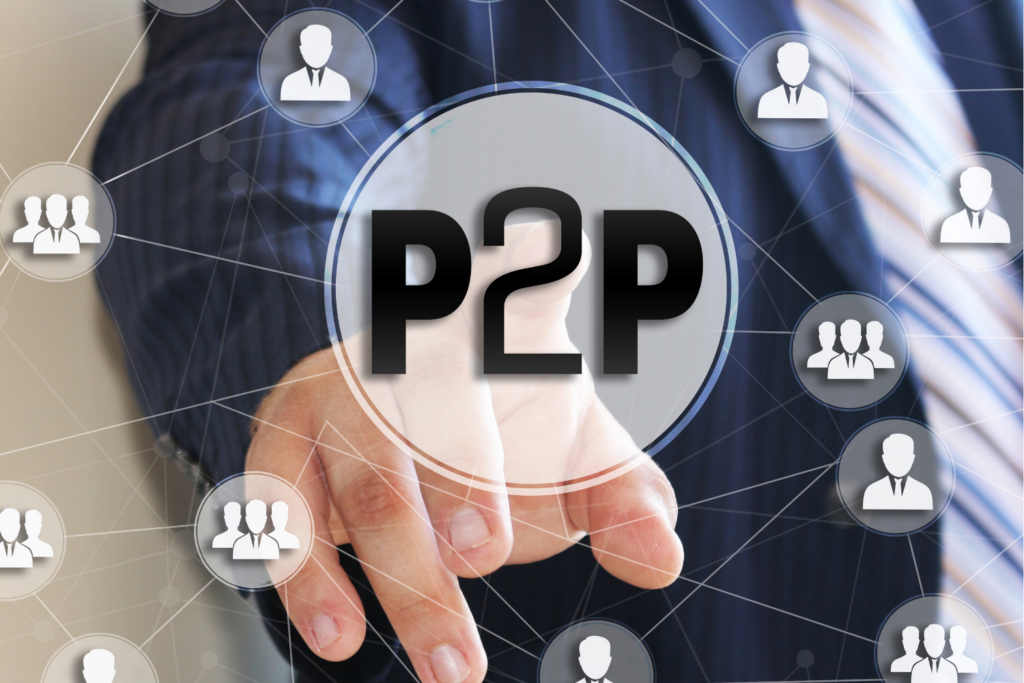
Covering the cost of college can be a challenge, and students often turn to financial aid, loans, or credit cards to manage tuition, textbooks, and daily expenses. But when it comes to borrowing money, is it smarter to use student loans or credit cards? The right choice depends on factors like interest rates, repayment terms, and financial discipline. Here’s a breakdown of when each option makes sense and what students should consider before making a decision.
Contents
- When Do Student Loans Make More Sense Than Credit Cards? Are There Situations Where a Credit Card Could Be the Better Choice?
- How Do Interest Rates on Student Loans and Credit Cards Differ, and Why Does It Matter?
- What Are the Potential Dangers of Using Credit Cards for College Costs Without an Immediate Repayment Plan?
- What Are the Potential Advantages of Using a Credit Card for College Expenses? Are There Specific Scenarios Where It’s a Good Idea?
- Beyond Student Loans and Credit Cards, What Other Options Exist for Covering College Expenses?
- Final Thoughts
When Do Student Loans Make More Sense Than Credit Cards? Are There Situations Where a Credit Card Could Be the Better Choice?
Student loans are typically the go-to option for financing education because they are designed for long-term repayment with lower interest rates. Federal student loans, in particular, come with fixed rates, flexible repayment plans, and potential forgiveness options.
However, there are rare cases where a credit card could be the better option—such as for smaller, short-term expenses that can be repaid quickly. If a student has access to a 0% introductory APR credit card and is confident they can pay off the balance before the interest kicks in, it may help avoid student loan debt for minor costs like books or fees.
How Do Interest Rates on Student Loans and Credit Cards Differ, and Why Does It Matter?
One of the most significant differences between student loans and credit cards is how interest accrues. Federal student loans often have lower, fixed interest rates and do not begin accumulating interest until after graduation (for subsidized loans). Private student loans may have variable interest rates, but they still tend to be lower than credit card rates.
Credit cards, on the other hand, typically have much higher interest rates—often exceeding 20%—and charge compounding interest. This means that if a balance isn’t paid off in full each month, the amount owed grows quickly. Understanding these differences is crucial because failing to account for interest can make credit card debt spiral out of control.
What Are the Potential Dangers of Using Credit Cards for College Costs Without an Immediate Repayment Plan?
Using credit cards to pay for college without a clear repayment plan can lead to serious financial trouble. The high interest rates and revolving nature of credit card debt can make it difficult to pay down balances, leading to long-term financial strain.
Additionally, missing credit card payments can damage a student’s credit score, making it harder to qualify for loans, rent an apartment, or secure a job in the future. The risk of falling into a cycle of minimum payments and growing debt makes credit cards a poor choice for covering major college expenses unless the balance can be paid off quickly.
What Are the Potential Advantages of Using a Credit Card for College Expenses? Are There Specific Scenarios Where It’s a Good Idea?
Despite the risks, there are some benefits to using a credit card wisely for college expenses. Many credit cards offer rewards programs, cash back, or travel points, which can be valuable if managed responsibly. Additionally, credit cards can help students build credit history, which is important for future financial stability.
A credit card might make sense for smaller, short-term expenses if the student has a solid plan to pay off the balance in full each month. For example, using a credit card for a laptop purchase with a 0% interest promotion and paying it off before interest accrues can be a strategic move.
Beyond Student Loans and Credit Cards, What Other Options Exist for Covering College Expenses?
There are multiple alternatives to borrowing money that students should consider:
- Scholarships and Grants – Free money that doesn’t have to be repaid, available from schools, private organizations, and government programs.
- Work-Study Programs – Part-time jobs through the school that help cover expenses while providing valuable work experience.
- Employer Tuition Assistance – Some companies offer tuition reimbursement or education benefits for employees.
- 529 Savings Plans – Tax-advantaged accounts designed for education expenses.
- Side Hustles or Gig Work – Earning extra income through freelance work, tutoring, or gig economy jobs can help reduce reliance on loans or credit.
Final Thoughts
When it comes to financing college, student loans are usually the better option over credit cards due to lower interest rates and flexible repayment plans. However, in some cases, a strategically used credit card can help with short-term expenses if managed carefully. Exploring all financial aid options, including scholarships and work opportunities, can help minimize debt and set students up for financial success after graduation.




